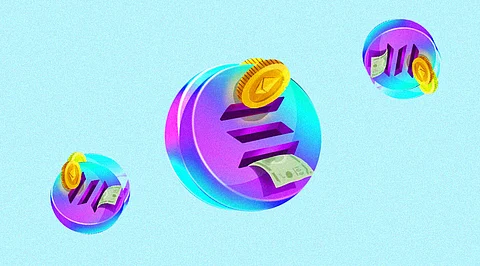

Solana has officially increased its per-block compute unit (CU) capacity from 50 million to 60 million. The upgrade was implemented under proposal SIMD-0256 in response to increasing user activity. This transformation focuses on reducing network congestion and increasing transaction throughput, especially when demand is high.
Compute units help estimate the computing power required to process transactions. Simple token transfers usually require fewer CUs, whereas complex decentralized finance (DeFi) transactions and transactions in the gaming sector consume more CUs.
With an increase in block capacity, developers can now build and run applications that use high loads without burdening the network or hitting execution limits. Mert Mumtaz, CEO of Helius Labs, said, “The goal is to at least double the 60m compute units per-block limit.”
The shift in the network’s capacity is part of Solana's broader mission to enable more complex dApps to execute with a better user experience. With the increase in computing space, developers can have more flexibility to run complex operations as part of the same transaction. This change also makes it possible to batch multiple operations, reducing delays and transaction costs.
The update follows a previous adjustment in June, when the network’s CU cap rose from 48m to 50m. It was a response to short bursts of congestion caused by memecoin activity. The current 20 percent increase is a more strategic step toward long-term scalability.
The community developing the Solana network has celebrated the change, reporting difficulties during high-activity situations like NFT mints and token airdrops. They say higher block capacity will help keep the performance consistent through these performance-limiting periods.
The new limit of 60m CUs is not the end of the game. An additional proposal, SIMD-0286, suggests raising the compute limit to 100 million. While some developers are actively discussing this proposal, some others are expressing concerns about the readiness of validators. Larger block sizes will need stronger hardware, which not all network validators are equipped with.
Nevertheless, Solana's roadmap looks promising. The network has deployed several enhancements over the last few months, including local fee markets and scheduler optimizations. These improvements are planned to supplement the block capacity upgrade through improved fee efficiency and resource utilization.
Meanwhile, SOL, the network's native token, was relatively stable after the announcement. As of press time, Solana was trading at around $181.38, with a market capitalization of $97.64 billion. According to analysts, such performance improvements are vital for long-term ecosystem expansion and institutional attention.
